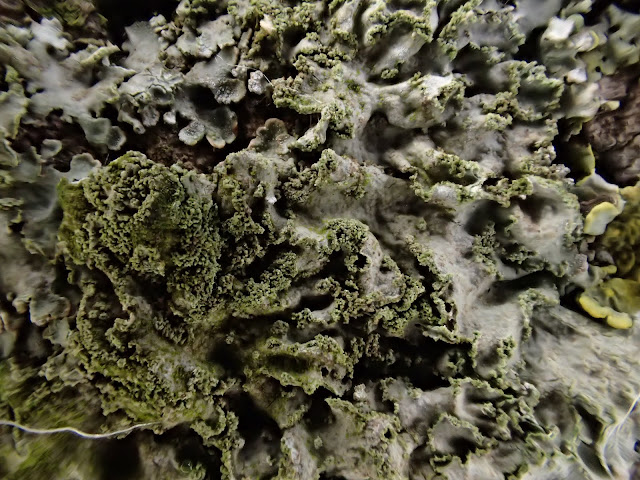Settle Passion Play: The Journey to the Cross
Settle, North Yorkshire - held on 19 April 2019
Join us as we walk from the Last Supper in the Upper Room (St John's) .. through Settle to the Mount of Olives.
Here are some pictures from the event on Friday.
all welcome at the 6.30am Open Air Service in Millennium Garden on Sunday 21 April
Join us as we walk from the Last Supper in the Upper Room (St John's) .. through Settle to the Mount of Olives.
Here are some pictures from the event on Friday.
all welcome at the 6.30am Open Air Service in Millennium Garden on Sunday 21 April
Then followed the Crucifixion scene in the churchyard.
---------------
Below:- On the Sunday morning we visited the empty tomb (Millennium Garden) at 6.30am, and held a short service
---------------
Below:- On the Sunday morning we visited the empty tomb (Millennium Garden) at 6.30am, and held a short service

Wed 8th Justice & Peace Group, 7 for 7.30pm,
Friends Meeting House
Live Simply
Award: Settle
Catholic Church are taking part in a green scheme called "Live Simply
Award". Paul Kelly is giving a talk about
this.
Fri
10th Barn Dance 7 – 10.30pm at St Mary & St
Michael Catholic Church Hall, Tilman Close. Tickets £7.50/£1 are on
sale from your church rep. A hot meal is served, followed by cakes which people have brought to share –
thank you!
Profits will be donated to
the Refugee ReSettlement Sponsorship Group (Raffle will be held: prizes
welcome







































